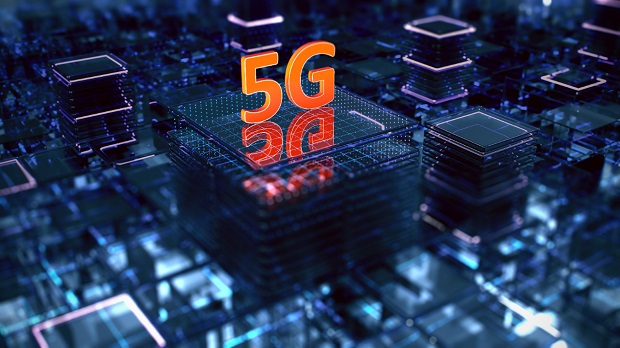Tech bellwether IBM has its released its predictions for the artificial intelligence (AI) market in 2022. IBM was the one of the first, if not the first, to actually forecast the emergence of AI as major technology trend that could reshape the world.

Delivering on the potential of 5G with AI
5G connectivity has enormous potential to advance industries ranging from streaming and communications to advanced robotics and manufacturing.
5G is the interaction between two inexorable forces: the rise in highly reliable, high-bandwidth communications, and the rapid spread of available computing power throughout the network. The complexity of telco networks today and the speed of change has made management and control of infrastructure extremely painful. It is clear the tools, systems and methods of managing networks today are simply not fit for purpose for the network of tomorrow.
To advance the rollout of 5G connectivity worldwide, communications services providers (CSPs) are turning to AI-powered automation and network orchestration to improve the control and management of networking to deliver faster customer experiences. Innovations like network slicing allow organizations to set service levels for each device appropriate to their use of the network. For example, an autonomous vehicle can be supported by very low latency while an HD video camera can be allocated high bandwidth.
Customer care uses AI to get more personal
Virtual assistants became a critical tool for large organizations and governments during the pandemic. Not only were virtual assistants a critical pathway for disseminating information, we also began to see automation integration that allowed virtual assistants to complete workflows and tasks like, say, booking a vaccine appointment.
In 2022, consumers will notice more personalized and fully realized interactions with their favorite retailers and service providers as AI assumes a bigger impact on the customer care journey. One reason for the explosion of personalization? Better access to more comprehensive data as companies and governments turn to data fabric architectures to help harness their data like never before.

AI creates a reliable, sustainable future
Consumers, regulators and shareholders are putting greater pressure on companies to make tangible sustainability gains. Climate change and extreme weather events also put strain on supply chains and business operations.
As these pressures continue to grow in 2022, AI will play a key role in helping businesses achieve sustainability benchmarks through greater measurement, data collection, and carbon accounting, as well as improved predictiveness and greater supply chain resiliency. The most recent IBM CIO Study found 42% of CIOs surveyed expect AI and other advanced technologies to have a significant impact on sustainability in the next 3 years, the highest of all the areas of impact surveyed. Predictive maintenance that reduces the need to replace parts and equipment, AI that analyzes satellite imagery of storms and wildfires, and more will play a critical role in preparing companies and organizations for increases in adverse weather events.
Companies will also turn their attention to mitigating further supply chain disruptions by investing in AI-driven automation to make the underlying systems that run commerce faster and more efficient. Thanks to machine-generated data flowing out of sensors, RFID tags, meters, actuators, GPS and more, inventory will count itself, containers will detect their contents and pallets will report in if they end up in the wrong place.
Businesses reduce costs by applying AI to better predict IT issues – before they happen
As stewards of an organization’s digital infrastructure, CIOs in 2021 were tasked with moving their workforces remotely, managing new types of security concerns as a result, and making sense of the explosion of data produced by modern applications, monitoring solutions and increased use of digital channels by employees and consumers.
Not only did these conditions create a “pressure cooker” for businesses interested in adopting automation technologies, but it also intensified interest around becoming more proactive, in turn increasing interest in applying AI to better predict IT issues, which has led to an area called AIOps.
AIOps allows an organization’s IT teams to proactively manage complex workplace environments, potentially saving hundreds of thousands of dollars that could have been lost. In 2022, AIOps will allow IT teams to quickly and confidently diagnose problems faster than they could manually, freeing them from laborious, time-intensive tasks to focus on delivering higher-value work for the organization. AIOps will also enable these IT teams to identify patterns in data that could ultimately indicate a potential issue could occur, getting ahead of IT issues before they happen.

Continued focus on security
Finally, for AI to continue to advance in these areas, companies and organizations need to make progress in earning greater consumer trust. The battle for consumer trust takes place on multiple fronts, from the ability to make AI decisions understandable and explainable to providing consumers with confidence that their personal data is being protected against cyberattacks.
As companies and governments continue to invest in cybersecurity, AI will play an even more crucial role in helping identify and respond to threats more efficiently, as they move towards a “zero trust” approach to further reduce risks.




